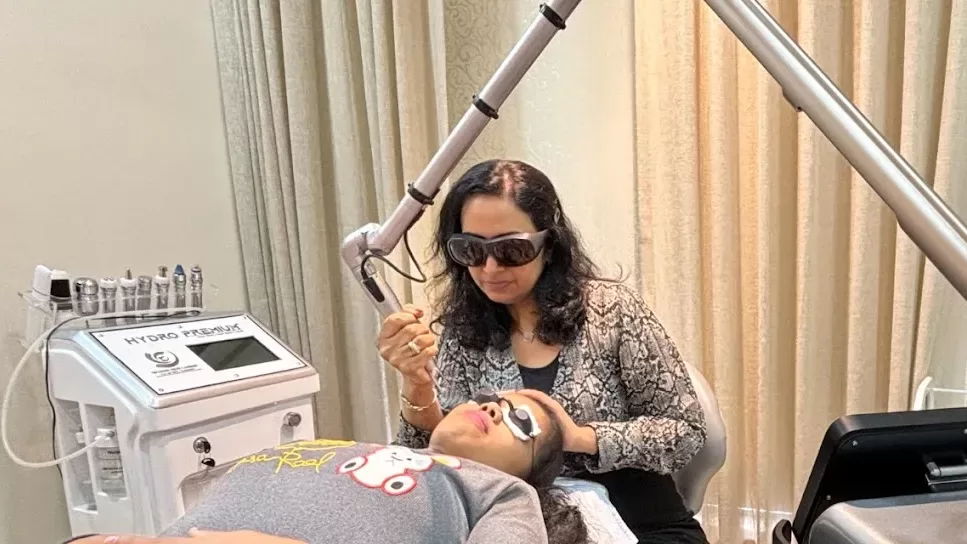What Your Breakouts Reveal About Your Health
Have you ever noticed how your pimples seem to pop up in the same spot like your forehead, cheeks, or chin? This is where the idea of face mapping acne comes in. It suggests that breakouts on different parts of your face may be linked to what’s happening inside your body or to your lifestyle habits. While not every claim is backed by science, face mapping can still give useful clues about your skin and overall health.
In simple words: your skin might be sending you signals. Let’s decode what your breakouts could mean with face mapping acne.
Forehead Acne: Stress and Digestion
Breakouts on your forehead are often linked to poor sleep, high stress, or digestive issues. In scientific terms, stress increases cortisol (the stress hormone), which boosts oil production and clogs pores. Oily hair and dandruff can also worsen forehead acne. The takeaway? Try managing stress, washing your hair regularly, and keeping your diet balanced to reduce forehead breakouts.
Cheek Acne: Lifestyle and Environment
Cheek acne is often linked to external factors. Dirty pillowcases, phone screens, pollution, or even touching your face with unwashed hands can cause pimples here. In traditional face mapping acne charts, cheeks were sometimes linked to lung health, but modern dermatology suggests it’s usually hygiene and environmental exposure. Simple habits like cleaning your phone, washing pillow covers, and limiting face-touching can help reduce cheek acne.
Nose Acne: Hormones and Oil Glands
The nose has more oil glands than most parts of the face, making it acne-prone. Hormonal fluctuations, especially in teenagers and young adults, can trigger breakouts here. In face mapping acne traditions, nose acne was sometimes linked to heart health. While this isn’t strongly proven, oily skin, clogged pores, and hormones are clear culprits. Keeping your skin clean and using oil-control products can help.
Chin and Jawline Acne: Hormonal Imbalance
Breakouts on your chin and jawline are commonly linked to hormonal changes. In women, these may appear before periods, during PCOS (polycystic ovarian syndrome), or hormonal fluctuations. In medical terms, androgens (male hormones present in both men and women) stimulate excess oil, leading to clogged pores in this area. Consistent skincare and medical treatment, when needed, can control jawline acne.
Face Mapping Acne: Myths vs. Reality
While face mapping acne can give clues, it’s not always 100% accurate. For example, acne on your cheeks doesn’t always mean lung problems, and nose acne doesn’t always mean heart issues. Modern dermatology points more to hormones, stress, diet, and lifestyle. The best approach is to use face mapping as a guide while consulting a dermatologist for the right diagnosis and treatment.
Summary: Decoding Your Breakouts
Your skin is often a reflection of what’s happening inside your body. With face mapping acne, you can observe patterns, make lifestyle changes, and support your skin health better. But remember, not all acne has hidden meanings sometimes it’s just genetics, skincare habits, or hormones. For persistent breakouts, always seek professional advice from a dermatologist.



Leave a Reply